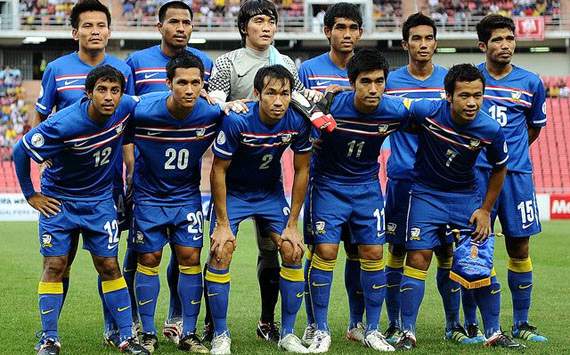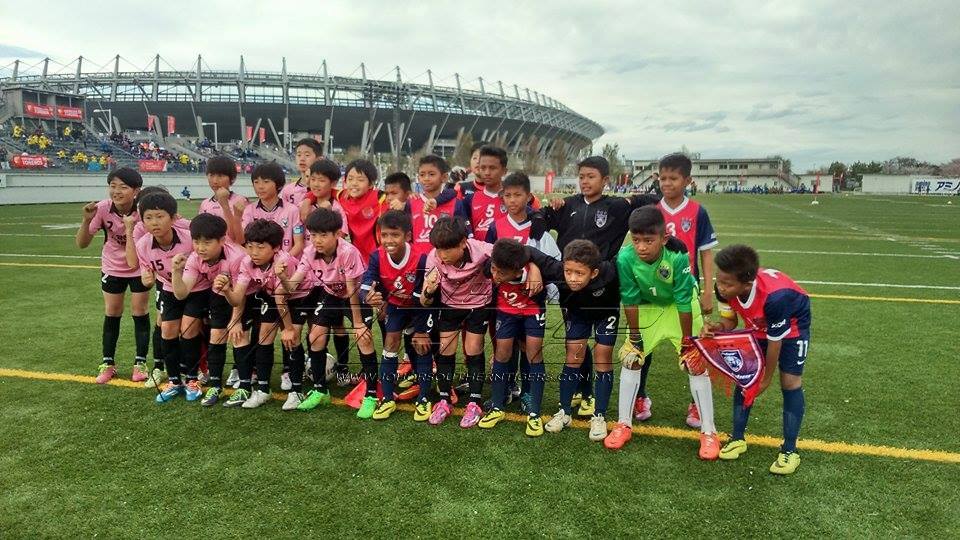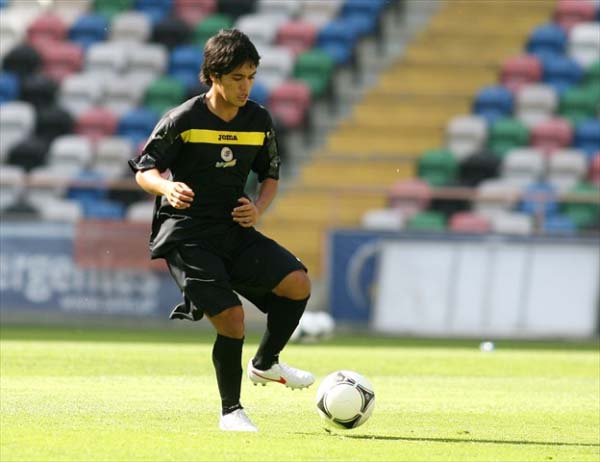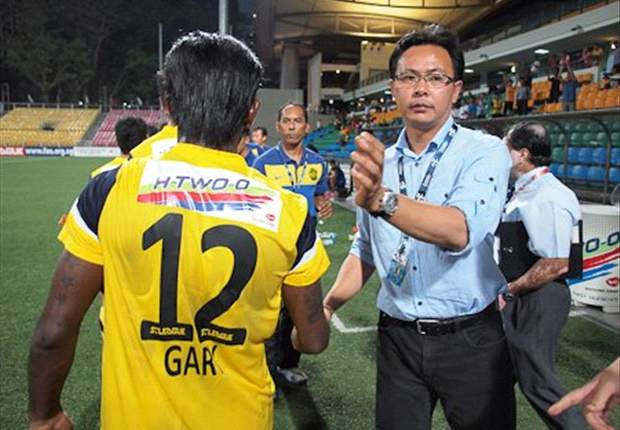A recent 6-0 away loss to Oman, combined with Harimau Muda B failing in the AFC U22 qualifiers has led to the annual finger-pointing and dialogue between all football fans in Malaysia. As usual, coaches were blamed, players were blamed, FAM was blamed. Critiquing is easy behind the façade of a laptop or smart phone.
Even former semi-pro player and Astro Super Sports commentator Dez Corkhill weighed in with his views, and his comments on the lack of infrastructure & organized Leagues in Malaysia was one part of his lengthy article, which in my opinion was correct.
For me, failure on the international stage is not just limited to Malaysia. While Thailand can now compete against the big boys of Asia, all the other South East Asian teams continue to struggle when they play against any international teams outside this region. That’s precisely why the SEA Games and Suzuki Cup are such big events, as it’s the only chance for a South East Asian nation to achieve international success.
For the sake of simplicity, let’s focus on Malaysia and dissect why Malaysia consistently fails to fulfill their obvious potential on the International Stage.
While I don’t profess to have all the answers, here are 4 areas which I believe need to be addressed to ultimately see Malaysia performing & competing at a higher level.
1. IMPROVE THE JUNIOR DEVELOPMENT PROGRAMS
While there has been a concerted effort to improve junior development, the reality is that Malaysia are still leap years behind other countries in this department.
Yes, the IMCC League, Subang Junior League, JDT’s upcoming leagues and of course Frenz United are all steps in the right direction. However, these leagues are minorities rather than the norm.
Let’s look at this logically. Obviously the more junior players you have playing in structured leagues, then the more chance you have to discover players. It stands to reason that more quality players will come through the system with 1 million kids aged 8 -16 playing in organized junior leagues as opposed to 100,000 kids playing?
Why not make it compulsory for every team playing in the Super league or Premier League to invest RM500,000 yearly, and it must be used to start up Junior Leagues throughout the state. If you do not have junior leagues, then you will not get your licence to play in the M-League. Furthermore, identify a core of possible coaches to undergo their C & B licence so that the kids are taught correct techniques & tactical principles of the game.
From these leagues, choose the best players to form the state team and have a yearly National Talent Identification Tournament between all the states, specifically for players between the ages of 11 and 17. All of a sudden, we would have a junior development program that has proper substance; allowing players to come through the system as well.
It’s not rocket science.
2. STRENGTHEN THE FITNESS LEVELS OF LOCAL PLAYERS
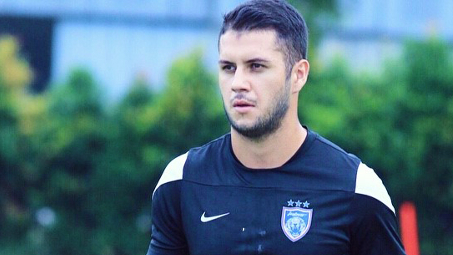
To the naked eye, the Malaysia Super League looks fantastic. Exciting, end-to-end football with plenty of goals being scored in front of massive crowds.
But when you look deeper and analyse most games, you will see that by the 60th minute, teams completely lose their shape and it becomes like a game of basketball. Teams start taking turns to attack and create goalscoring chances, gaps between defenders, midfielders & strikers become huge. That means in transition from attack to defence, there are massive holes all over the pitch.
While this is exciting for the fans & certain commentators, it does not contribute to long-term success at any level.
Maybe this is why Brendan Gan & Junior Eldstal have done well in Malaysia. With all due respect to both of them, they are on par with Malaysian players on a technical level, but what they have is a fantastic fitness level & a mentality where they finish the game as strongly as they have started. To a coach in Malaysian football, this is a huge asset.
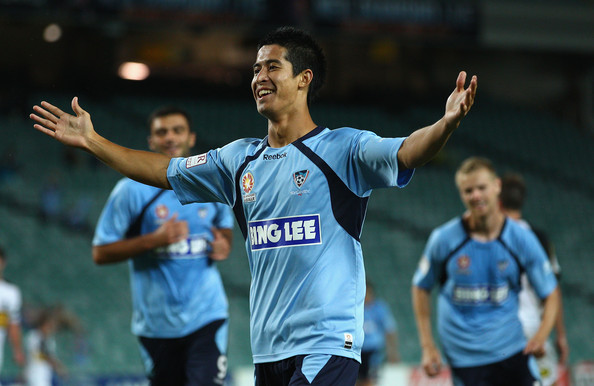
Out of interest, I wonder how many Malaysian players would reach the required level of an International player when completing the yo yo or beep test ? Having great technique and skill is no longer enough on the International stage. You must compete both physically as well. Otherwise, the opponent will ultimately finish the game stronger.
There has been an argument that the heat in Malaysia is one reason why games become so stretched and open. Well, it did not affect Japan in the recent U-22 AFC qualifiers. They kept their shape and when they were tired they simply slowed the game down and kept the ball.
To summarise, in order to be able to compete against the big boys on the International stage, Malaysian players must get fitter and this starts with the domestic league. Players must prove they can last the full 90 minutes.
Ultimately, this will help Malaysia compete on a more level playing field against the Asian powerhouses at International level. Talent, technique & skill is definitely not an issue here. But work ethic & fitness levels of players are certainly questionable.
3. GET MORE LOCAL PLAYERS TO PLAY ABROAD
Back in 1981, Australia was nothing more than an emerging footballing nation that was finding it tough to compete with sports like Rugby and Australian football.
Yes, Australia had good players but they had a National Competition which was struggling to find its feet, leading to self-doubt amongst the players on the international stage. Suddenly, a certain Craig Johnston was signed by Middlesbrough before he ultimately spent eight years with Liverpool FC.
With Johnston’s success, other Aussie players started believing that they were good enough and since then, hundreds of players from the country have forged fantastic careers in Europe. Simplistically speaking, that has coincided with the Australian national team making tremendous strides, which culminated in them qualifying for the last three World Cups and winning the recent Asian Cup.
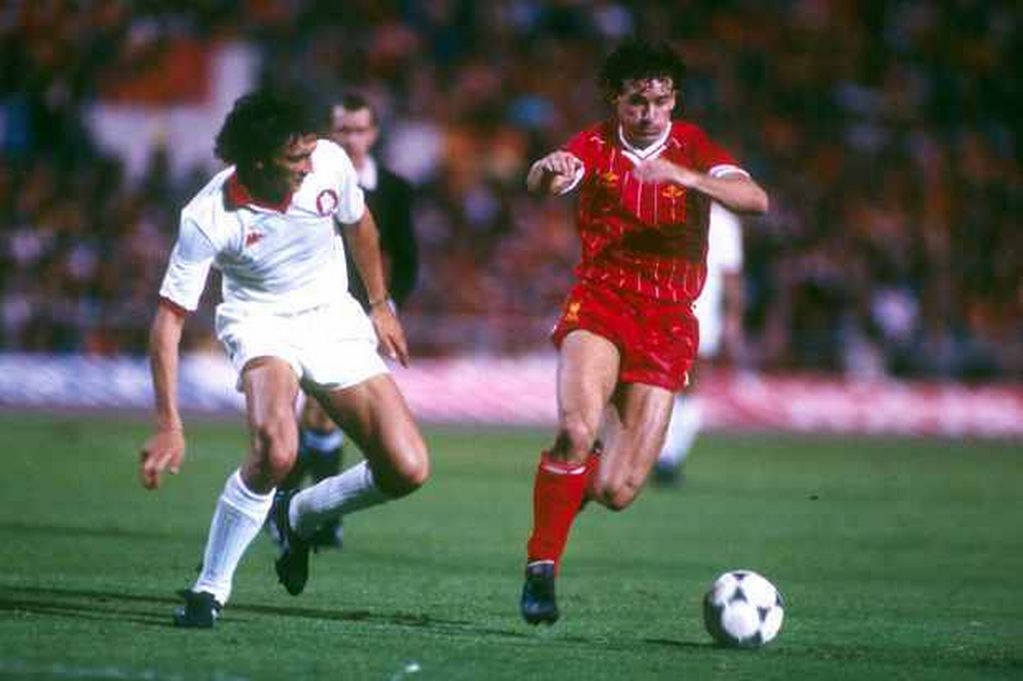
Having a Malaysian player make it in Europe, Japan or even Australia will do wonders for the country. Suddenly, the youngsters will have a hero who is scaling big heights. If one of their own is good enough, why wouldn’t they be good as well? That would be the thought process within these youngsters.
Imagine having 5 or 6 Malaysian players playing in stronger leagues outside the country. Imagine what it would do to the national team’s performances? No doubt, this would significantly improve their results and rankings. Is it the actual reality? Of course it is; Australia’s football development over the last 30 years has proved that anything is possible with self belief & perseverance.
Sadly, many Malaysian players do not have the ambition to make it overseas; why would they? They are getting well paid and can still enjoy their Nasi Lemak over here, so why go overseas?
Should we be questioning the ambition of Malaysian footballers? I don’t know. What I do know is that IF and WHEN a player makes it overseas, many more will follow.
4. CREATE A SUSTAINABLE NETWORK OF SPORTS INSTITUTIONS

Being an Australian, it’s hard not to compare with the system in Australia. And maybe, this is warranted, given that we are the current Asian Cup Champions.
More children play football in organized leagues, compared to any other sport in Australia. Waking up in Australia on a Saturday morning and playing for your local club is taken for granted. Unfortunately, many Malaysian kids don’t have this luxury.
However, Australia still has the Australian Institute of Sport (AIS) and State Institute of Sports in every state. The best players in different age groups are chosen for these programs. Their performances are closely monitored and players are dropped if they are not progressing. Conversely, players who are scouted and deemed good enough are consistently brought in as well.
I strongly believe that the 5 or 6 sports schools in Malaysia are positive elements and they should be maintained. However, the quality of players coming into these sports schools will improve significantly once every state has their own Junior Leagues.
Then there is the Harimau Muda debate and frankly, it’s a difficult one. Some are calling for the team to be disbanded and allow these players to join club sides at a very young age. Problem is, most of these players would be sitting on the bench and they will not get enough game time & exposure to develop their game, like they would do at Harimau Muda.
Maybe some feedback from the players who have been through the system would be a great insight. People like Gary Steven Robbat, Mahali Jasuli , Saarvindran and Khairul Fahmi could provide interesting opinion, which would help gauge the best way forward for Harimau Muda. For example, would Gary Steven have developed like he did under OKS without the Harimau Muda program?
Either way, it’s about time things start changing within the country. The next Asian Cup will be expanded to accommodate 24 teams, which opens up a great opportunity for all South East Asian teams. Let’s hope the Malaysian national team can get its act together and turn Asian Cup qualification into reality.
Other posts by Scott Ollerenshaw


